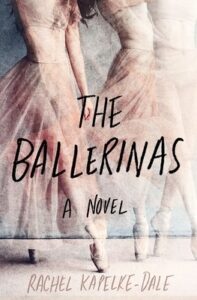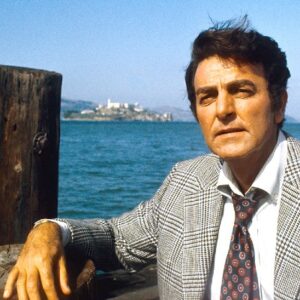Classic thrillers have a real virgin/whore problem. A quick glance at the canon, and you’ll find plenty of wide-eyed ingenues—the second Mrs. de Winter in Rebecca comes to mind. But where would our ingenue be without her foil, the femme fatale—Rebecca in Rebecca? Even the more complex depictions of women rarely go beyond a woman who appears to be one and is actually the other (think: any Hitchcock blonde). So when you want to find a thriller about a mad woman, your options tend to be relatively contemporary.
That is, unless we reconsider what a thriller is in the first place.
In a recent interview, I—along with six other debut authors—had to define the genre. My definition (A larger-than-life character in a compelling situation, where their own desires lead to increasingly escalating consequences and ultimately show the extremes of human behavior) was looser than some of my fellow author’s.
Because here’s the thing: I’d ended up writing a thriller entirely by accident. When I started writing The Ballerinas, I wanted to write an updated version of Judy Blume’s Summer Sisters, an ode to female friendships. But the more I returned to my own ballet days, and the more I thought about the structures—both social and artistic—that surrounded my characters, the more I realized that they were actually furious. And as I let them follow this fury to its logical endpoint, the novel turned into something very different from what I had planned.
So now, when collecting a group of thrillers about women’s rage, I quickly came to a realization: for me, all stories featuring women’s rage are thrillers. Because, historically, women have not been meant to feel anger. Historically, women have been meant to uphold the social order, not rage against it (you could argue that in some segments of society, that’s still the case).
And so when a woman in a story feels rage? When that spark ignites inside her? There is always, always the question:
What is she going to do?
And guess what? When you’re intent on maintaining the social order, there’s no scarier question.
But when you’re in a particular mood, searching for companions for your rage? There’s nothing better.
With that in mind, here are some fantastic stories to add to your TBR pile, all of them featuring some very angry women.
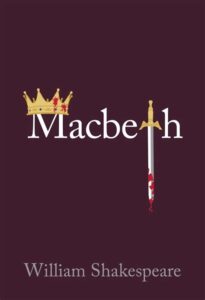
Macbeth, by William Shakespeare
Okay, so Shakespeare’s original mad woman was probably Katherine in The Taming of the Shrew. But things didn’t end so great for her, did they? Her husband basically abuses the anger right out of her, leading to a conclusion that hardly seems “comic” today. (Although, if you were watching from a Tudor court, you probably thought it was.) Instead, turn to Lady Macbeth for an incredible depiction of female ambition at a time when it was incredibly unwelcome. Then watch what happens as that thwarted ambition turns to rage, then despair; ultimately, Lady Macbeth has nowhere left to put these emotions and must turn them in on herself. Spoiler: doesn’t end well for her.
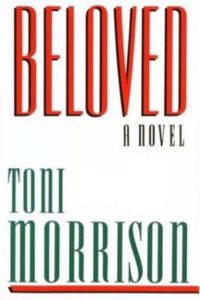
Beloved, by Toni Morrison
The fury of the past refuses to stay suppressed in Toni Morrison’s classic, about former slaves now dealing with a seriously angry ghost. The novel is full of women with righteous rage, from Sethe to Beloved herself. And the central mysteries of this novel—who is Beloved? What happened to her? And what has Sethe been repressing?—prove an incredibly propulsive fuse for the heartbreaking story.

Wide Sargasso Sea, by Jean Rhys
Here’s something any Jane Eyre reader should want to know: how did Mrs. Rochester end up in the attic? This 1966 postcolonial novel provides the backstory from “Bertha’s” perspective (though her name is actually Antoinette, despite what her husband calls her). Taking place in Jamaica, Dominica, and England, the novel’s conclusion is a foregone conclusion to any Bronte reader, but Antoinette’s anger is a total revelation as she goes from an innocent young girl to a woman trapped by the choices the men in her life have made for her.
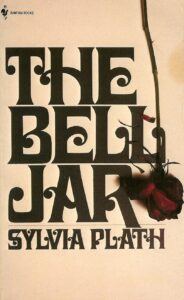
The Bell Jar, by Sylvia Plath
Traditionally considered a semi-autobiographical novel about depression, The Bell Jar deserves a contemporary reframing as a novel about one woman’s rage. A rereading reveals the extent to which Esther’s anger at what is expected of her—by her family, her peers, her boyfriends—grows by leaps and bounds over the course of a summer. With nowhere socially sanctioned to put this anger, Esther becomes increasingly isolated and despondent, ultimately turning that rage onto herself.
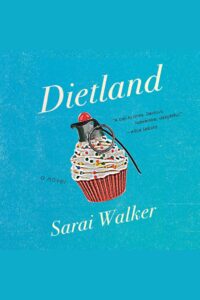
Dietland by Sarai Walker
With its depiction of Plum, a fat protagonist stymied by the limitations society has imposed on her, Dietland is about a woman who dives deep into her anger—and turns it outward. As Plum reviews her personal history, her rage motivates her to act in wild and unexpected ways that ultimately allow her to start changing the social structures that have harmed her in the past.

Circe by Madeline Millar
Let’s face it: who among us hasn’t wanted to turn a rival for romantic affection into a six-headed sea monster? But her act of rage will come back to haunt her, as the gods banish her to an empty island. There, she must come to terms with her own powers, her body, and her relationships—sometimes in uncomfortable and provocative ways. Ultimately, a novel that begins with an expression of female rage becomes a profound meditation on mortality and transformation.
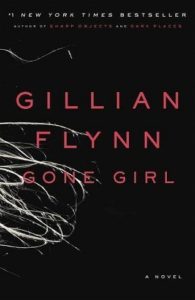
Gone Girl by Gillian Flynn
If you haven’t read this one—read it now. When Amy, the self-appointed “Cool Girl,” disappears, suspicion falls onto her husband. And yet as the novel segues into her own first-person narration, her angers leads to one hell of a twist. Though the novel (and, later, the film) were celebrated primarily for the intensity of this revelation, the thrumming of Amy’s anger throughout the novel would make this a rewarding read even if the narrative were straightforward.
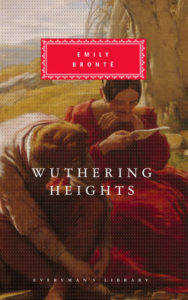
Wuthering Heights by Emily Brontë
Oh, so Cathy’s not mad, you say? When’s the last time YOUR ghost broke a windowpane? Though the story is, on its surface, about the tragic love between her and Heathcliff, it is also about the limited options available to her. Marry, have a baby, die—these are the events that define Cathy to the outside world. And yet, in her life, she was defined by her passion, her ferocity, and her flaws. It’s enough to make any woman think about settling down to a good haunting.

Dare Me by Megan Abbott
Megan Abbott takes the trope of the ditzy cheerleader and turns it on its head in this novel about two intense teenagers and their clashes with their new coach. As the narrator, Addy, becomes entranced by their new coach, her friend Beth becomes increasingly angry. Over the course of the novel, the girls’ anger—at each other, but also, in a larger sense, at the roles they are forced to play—drives them to unexpected extremes.
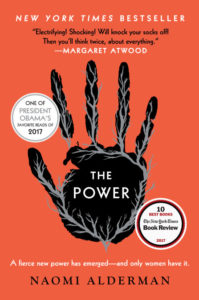
The Power by Naomi Alderman
Overnight, women gain the ability to shoot electricity from their hands. This drives them to claim power previously denied to them—in religion, in the military, in politics. But the rage that’s lived inside them for so long doesn’t allow for a peaceful transition of power, and the narrative explores the positive and negative consequences that emerge once the female characters are able to express this rage in a physical way.
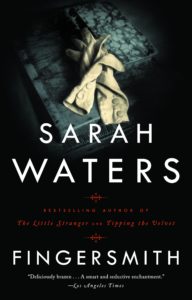
Fingersmith by Sarah Waters
Without giving too much away, I’ll just say that this Victorian-era novel is not what you think it will be. Centering around Sue and Maud, two women trapped in their circumstances—Sue as an adopted pickpocket, Maud as an overly protected upper-class orphan—learn about the ways in which their histories intertwine. This leads to a series of shocking twists as the story explores the extent to which women’s roles are socially determined, how women themselves enforce this order, and what it takes to escape from them.
***


